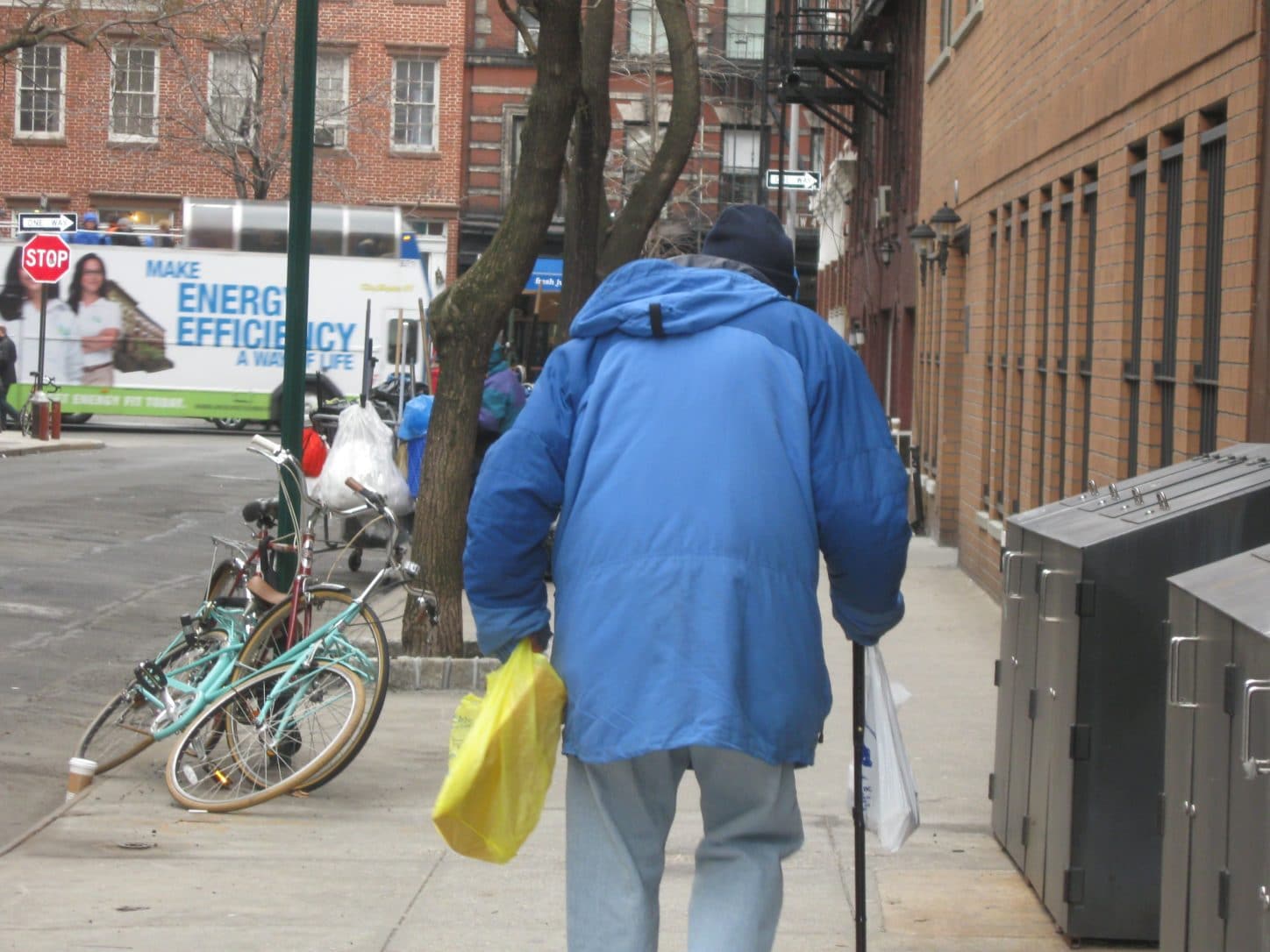by Barbara Nevins Taylor
I guess con artists and spammers figure the ConsumerMojo.com Gmail account is owned by an older person. I’m told that it’s urgent to email Mr. & Mrs. Adrian & Gillian Bayford, that UK Jumbo selected me for a huge amount of money, Mr. Zhang Yong has a proposal for me, that there’s a $100,000 UK advance waiting, that Fatima in the Kingdom of Bahrain has a money-making deal waiting. And it goes on and on. And I hit delete, delete, delete. I can’t delete fast enough.
Now I know, as a reporter, that many do respond and many who do are older, really older. I sat in the living room of a Bronx woman in her seventies, who was told that she won a sweepstakes contest and wired someone in Canada three $500 payments to claim a non-existent $10,000 prize. By the time we came along to report the story, it was impossible to trace the crooks. In pursuing the story, I interviewed a Canadian criminal who spent years operating telemarketing boiler rooms in a scheme that targeted older Americans. He said, “If you are nice and patient, it’s easy to convince them to send you money.”
That’s why it’s welcome news to learn that the Consumer Financial Protection Bureau (CFPB), the Federal Reserve System, the SEC, the FDIC, the Comptroller of the Currency and other federal agencies teamed up to offer guidance and encouragement to financial institutions to report suspected financial scams involving older people.
They are essentially asking financial institutions to view these ripoffs for what they are: elder abuse. There are privacy concerns and that’s why the federal agencies created guidelines to help bankers and financial advisors negotiate the tricky waters of privacy and speak up.
CFPB Director Richard Cordray said, “When seniors fall victim to theft by a trusted family member or a scam, they may be too embarrassed or too frail to pursue legal action – so it is critical that other folks are looking out for them too.”
This list put together by Department of the Treasury lists signs that might indicate financial abuse. It’s probably good for the rest of us to take a look at it too.
- Erratic uncharacteristic nonpayment for services, which may indicate a loss of funds or access to funds.
- Debit transactions that are inconsistent for the older adult. Uncharacteristic attempts to wire large sums of money, or closing of CDs or accounts without regard to penalties.
- A caregiver or other individual shows excessive interest in the older adult’s finances or assets, does not allow the older adult to speak for himself, or is reluctant to leave the older adult’s side during conversations.
- The older adult shows an unusual degree of fear or submissiveness toward a caregiver, or expresses a fear of eviction or nursing home placement if money is not given to a caretaker.
- The financial institution is unable to speak directly with the older adult, despite repeated attempts to contact him or her;
- A new caretaker, relative, or friend suddenly begins conducting financial transactions on behalf of the older adult without proper documentation;



